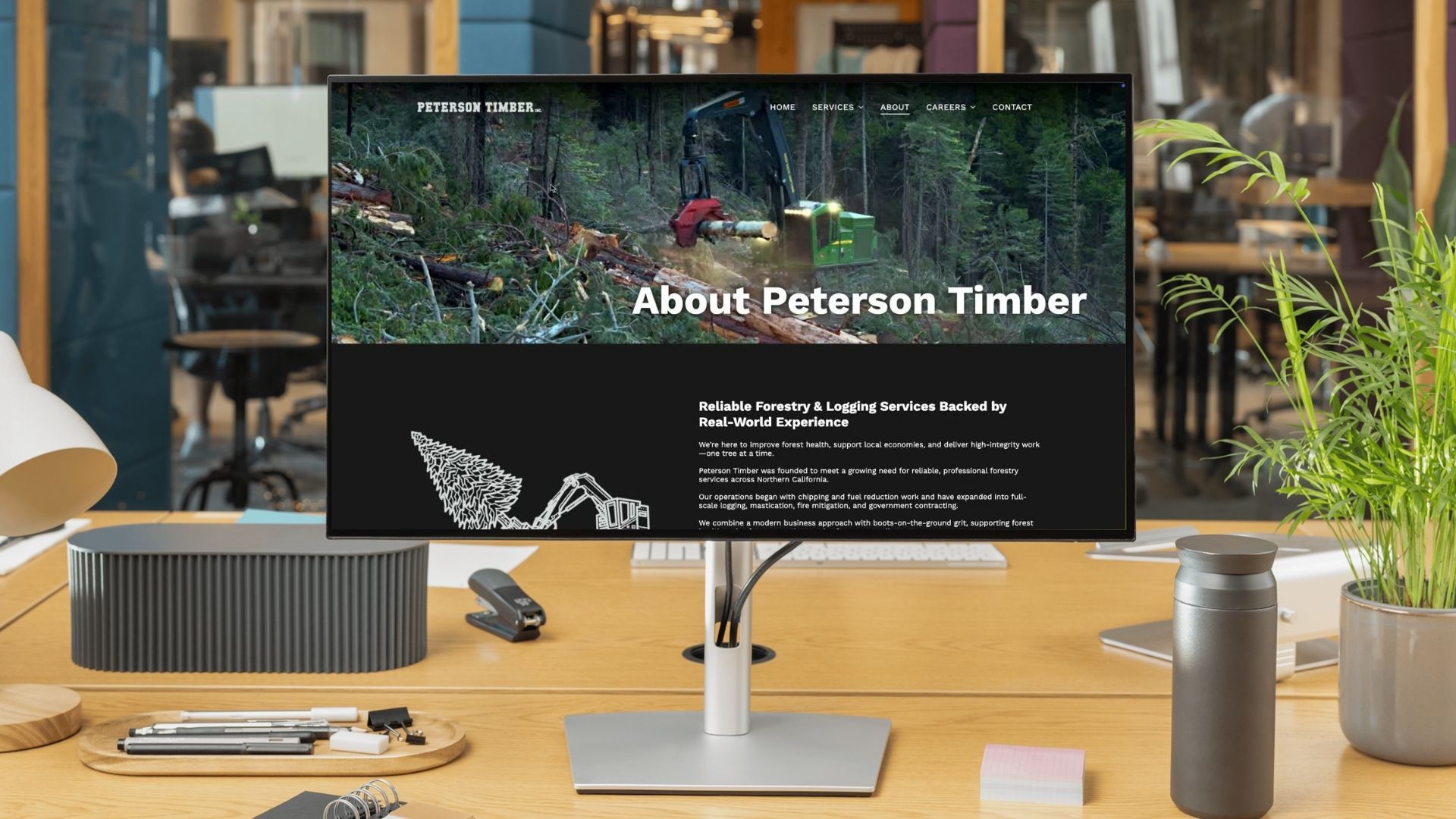
Automation isn’t just for big companies—it’s for businesses that want to work smarter, not harder.
Many small business owners avoid automation because they think it’s expensive, complicated, or requires a dedicated IT team. But in reality, automation is one of the most powerful ways a small team can scale their efficiency without adding overhead.
“Most companies don’t need some massive overhaul,” says Mareks Lomako in a recent Green Light Your Marketing podcast episode. “Even just automating lead assignment and follow-up reminders can have a huge impact. You don’t need to be a tech expert to make it work.”
Listen to the full conversation to hear real-world examples of small businesses using automation successfully.
The good news? You don’t need enterprise software or custom development to make automation work for you.
Small businesses can start with simple, no-code tools that streamline repetitive tasks, ensure fast follow-ups, and keep leads from slipping through the cracks.
In this guide, we’ll break down exactly how to get started with automation—even if you’re not a tech person.
Why Manual Processes Are Hurting Your Business
Most small businesses don’t realize how much time and money they’re losing to inefficient manual processes.
Here’s what happens when you rely too heavily on people remembering to do things instead of letting automation handle it:
- Leads slip through the cracks – A potential customer fills out a contact form, but no one sees it immediately. A day goes by, then two. By the time someone follows up, the lead has already moved on.
- Slow response times cost you sales – Studies show that if you respond to a lead within 15 minutes, you’re far more likely to close the deal. But most businesses take hours or even days to respond.
- Employees waste hours on repetitive tasks – Manually copying and pasting lead information into a CRM. Sending the same email over and over. Reminding teammates to follow up. These are all tasks that automation can handle in seconds.
- Burnout happens faster – When employees spend their time on repetitive admin work instead of higher-value activities (like closing deals), they get frustrated and overwhelmed.
One example from the podcast involved a business where leads were being collected across multiple offices, but sales teams had no clear system for ownership. Leads were often forgotten, costing the company thousands of dollars in lost revenue. Once automation was introduced, response times improved dramatically, and sales teams could finally focus on selling—not chasing down lost leads.
Now, let’s talk about how you can fix these problems with simple automation—without needing a full-time IT team.
Step 1: Automate Lead Assignment (So No Lead Gets Ignored)
One of the simplest but most effective automations a business can set up is automatic lead assignment.
Here’s what typically happens in businesses without automation:
- A lead comes in via email or a web form.
- Someone on the team is supposed to forward it to the right person, but they forget.
- No one follows up in time, and the lead goes cold.
How to Fix It:
- Use a CRM or Google Sheet to capture leads
- If you don’t have a CRM, start simple: use Google Forms to collect leads and store them in a Google Sheet.
- If you have a CRM like HubSpot or Pipedrive, ensure all leads are logged automatically.
- Set up an automation to assign leads instantly
- Zapier or Make can automatically assign leads based on pre-set rules (e.g., by location, product type, or sales rep availability).
- For example, when a form is submitted on your website, Zapier can instantly send an email or Slack notification to the correct salesperson, ensuring no lead gets ignored.
Step 2: Automate Follow-Up Reminders (So You Never Forget a Lead Again)
Even if a salesperson gets assigned a lead, human nature means things get overlooked. That’s why automated follow-up reminders are critical.
One business featured in the podcast struggled with leads going dark after an initial quote was sent. There was no structured process for follow-ups, so the company assumed these leads weren’t interested. In reality, they just needed a timely nudge.
How to Fix It:
- Use a CRM with built-in reminders
- Most CRMs (even free ones like HubSpot) allow you to schedule automatic follow-up tasks when a lead is assigned.
- Automate the first follow-up email
- If a lead hasn’t responded within 3 hours, set up an automation that sends a simple check-in email.
- Example: “Hi [Name], just wanted to follow up on your request. Let me know if you have any questions!”
- Set reminders for manual follow-ups
- If there’s still no response, a task should be automatically created for the salesperson to follow up in 3 days, then again in 7 days.
- Using a structured follow-up approach ensures that no lead is forgotten.
Step 3: Automate Time-Consuming Admin Tasks
Beyond lead management, there are dozens of everyday tasks that can be automated to free up your team’s time.
Examples of Simple Automations That Save Hours Each Week:
Automatically log new leads into a CRM from forms, emails, or social media messages.
Send calendar invites and reminders when leads book a call.
Generate invoices and proposals automatically instead of manually filling out templates.
Track sales team activity with automated reports instead of relying on manual updates.
One company Mareks worked with set up automation for tracking which leads got a quote but didn’t convert. A simple weekly report helped identify follow-up opportunities, leading to a 20% increase in closed deals.
(Related article: [DIY Automation: The Simple Systems That Make Small Teams More Efficient])
Small Teams Can Compete—If They Automate Wisely
You don’t need a massive budget or a technical team to start using automation in your business. Small, practical automations—like instant lead assignment, structured follow-ups, and simple admin workflows—can dramatically increase efficiency and revenue.
If you’re still relying on manual processes and it’s costing you leads, it’s time to fix it.
Want help building a marketing and sales process that works for your business? Book a coaching call with Green Light Studio—we’ll help you create a strategy that saves time, prevents lost leads, and gets real results.
Unimpressed with your marketing?
Get support and direction with these resources:
- Free Marketing Audit Workbook - Download Now
- Subscribe to Our YouTube Channel - Subscribe
- Get a custom strategy for your business - Get In Touch
- Connect with Jake on LinkedIn - Connect
Unimpressed with your marketing?
Get support and direction with these resources:
- Free Marketing Audit Workbook - Download Now
- Subscribe to Our YouTube Channel for practical marketing tips and strategies. Subscribe
- Contact Us - Let’s create a custom strategy for your business. Get In Touch
- Connect with Jake Mooney on LinkedIn - Connect
An Introduction to Automation for Non-Techie Teams










